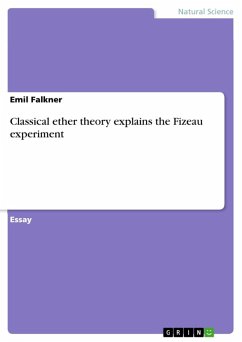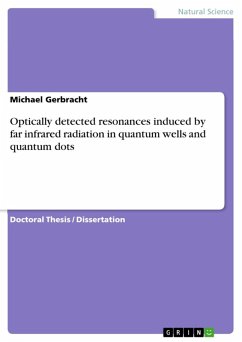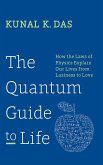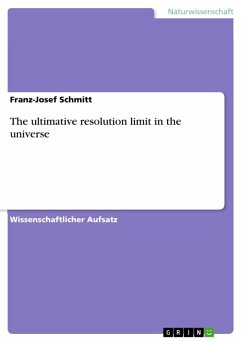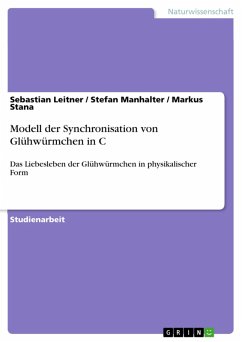Diploma Thesis from the year 2012 in the subject Physics - Biophysics, grade: 1,0, University of Vienna (Physik), language: English, abstract: Todays agricultural food production highly depends on the availability of non-renewable resources like crude oil, natural gas and phosphor rocks. Tomorrow's food security can only be ensured by reducing this dependency. There are open questions concerning the methods that can be used for the production of renewable sources in order to achieve this goal. Is it technically and economically feasible, for instance, to produce micro-algal fertilizer in photo-bio reactors to recycle N and P from waste water streams? Is this furthermore possible by avoiding the combustion of non-renewable energies to become energy self-sucient? Relevant examples from literature will be used to investigate the microalgal potential to extract nutrients from urban waste water streams for the re-injection into the food chain of the population. The production of algae and heat will be described in a bio-physical way to calculate the mass- and energy flux in photo-bio reactors, attached to walls of buildings in Vienna. It will be suggested to decompose the generated bio material through anaerobic digestion to increase the N- and P share on one hand and to produce methane as an energy carrier on the other hand. The calculation model will be used to estimate the costs of producing a micro-algal fertilizer in Vienna. Furthermore a possible utilization of the generated fertilizer in vertical farms will be discussed. About 271t micro algae per year could be produced on a 100m*100m wall in Vienna. The combustion of the produced biogas could meet the entire heat and electrical-energy demand of the production process. By demonstrating the technical feasibility of every single part of the energy self-sucient production chain, the technical feasibility of the whole concept is ensured. The costs of this product, however, would be nine times higher than the costs of commercial fertilizer. The bio-re nery in question still has a great potential when it comes to saving a high amount of non-renewable resources, thus making it an attractive alternative to the exclusive use of biomaterial as an energy carrier. This can be further shown by comparing the sunlight irradiation on a photo-bio reactor with the calori c value of the produced micro algae: This calculation yields an energy conversion efficiency of about 4% which could be surpassed by the electricity production of every available photovoltaic system.
Dieser Download kann aus rechtlichen Gründen nur mit Rechnungsadresse in A, B, BG, CY, CZ, D, DK, EW, E, FIN, F, GR, HR, H, IRL, I, LT, L, LR, M, NL, PL, P, R, S, SLO, SK ausgeliefert werden.



